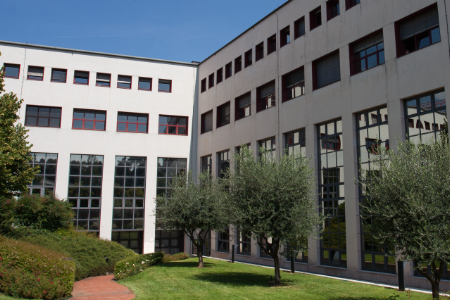After a first introductory part, dedicated to the methodological aspects and the main topics of social history, the second part of the course has monographic character and will deal with the topic of death from the early modern period up to today. It wants to explore how the perception of this event has changed over the centuries and the cultural and social reasons behind this change. More specifically, the monographic part means to investigate how society and individuals related to death, when they were afraid of it or accepted it, how they remembered or honored the dead, to arrive at an explanation of our contemporary society’s “embarrassed” attitude regarding the topic.
Beyond the lecture notes, the reading requirements for the exam are:
Gian Paolo Romagnani, La società di antico regime (XVI-XVIII secolo), Roma, Carocci, 2010.
One work among the following for those students attending, two for those not attending:
Ariès Ph., Storia della morte in Occidente, Milano, Rizzoli, 2009 (ed. or. 1975).
Barbagli M., Congedarsi dal mondo. Il suicidio in Occidente e in Oriente, Bologna, Il Mulino, 2009 (pp. 9-239, in alternativa pp. 9-27, 243-398).
Bauman Z., Il teatro dell'immortalità. Mortalità, immortalità e altre strategie di vita, Bologna 1995 (ed. or. 1992).
Canella M., Paesaggi della morte. Riti, sepolture e luoghi funerari tra Settecento e Novecento, Roma, Carocci, 2010.
Donato M.P., Morti improvvise. Medicina e religione nel Settecento, Roma, Carocci, 2010.
Ricci G., Il principe e la morte. Corpo, cuore, effigie nel Rinascimento, Bologna, Il Mulino, 1998.
Salvestrini F., Varanini G.M., Zangarini A. (a cura di), La morte e i suoi riti in Italia tra Medioevo e prima età moderna, Firenze, Firenze Univerisity Press, 2007 (8 saggi a scelta)
Vovelle M., La morte e l'Occidente. Dal 1300 ai giorni nostri, Roma – Bari, Laterza, 2009 (ed. or. 1983) (Introduzione, parte prima, seconda, terza, quarta; in alternativa Introduzione, parte quinta, sesta, settima).
It is possible to arrange for a different examination program with the professor.







